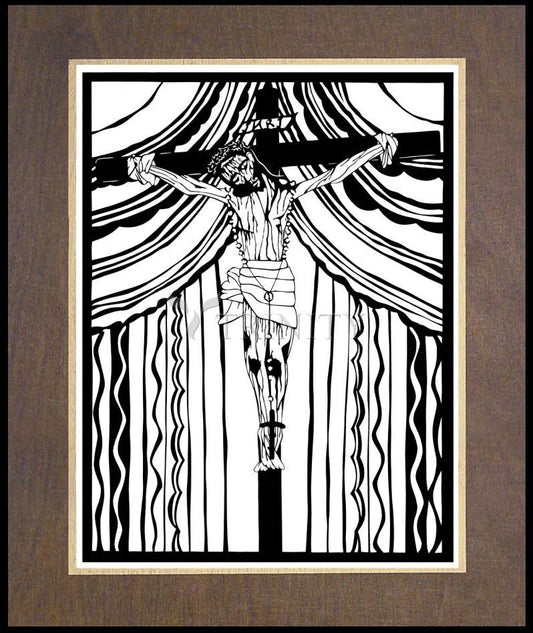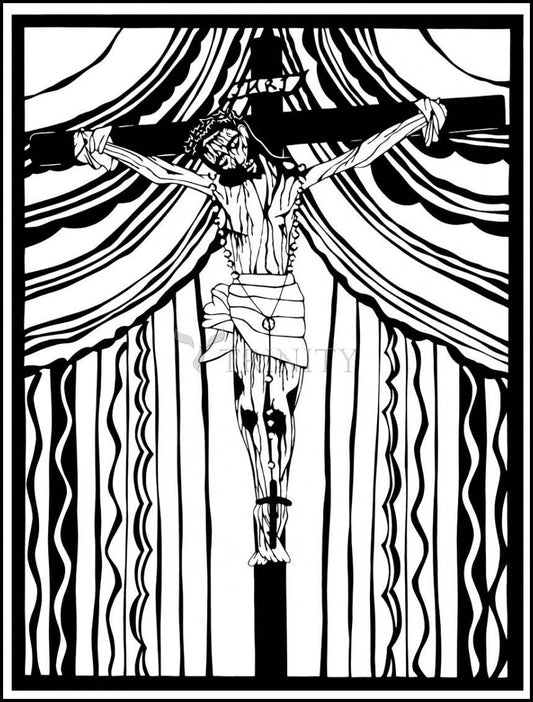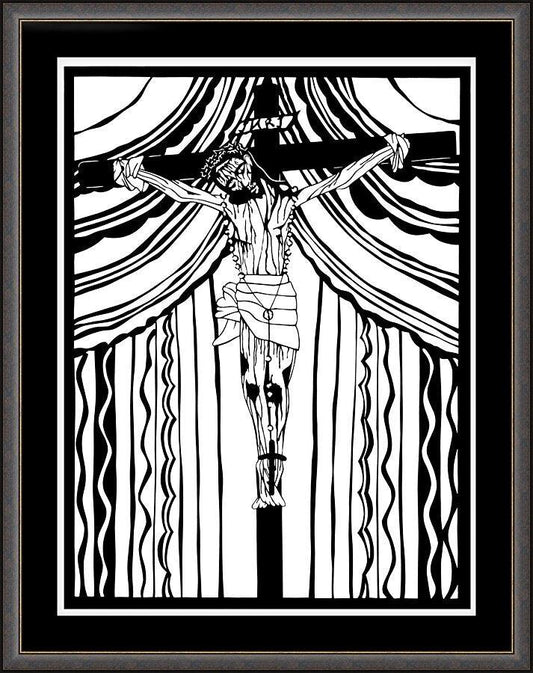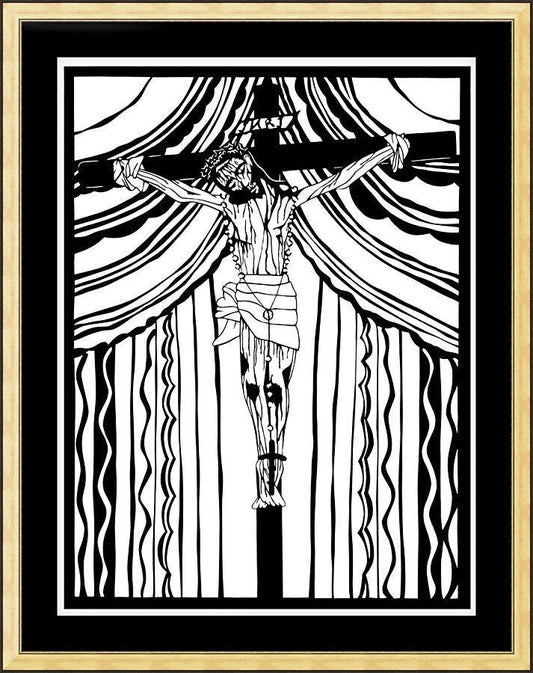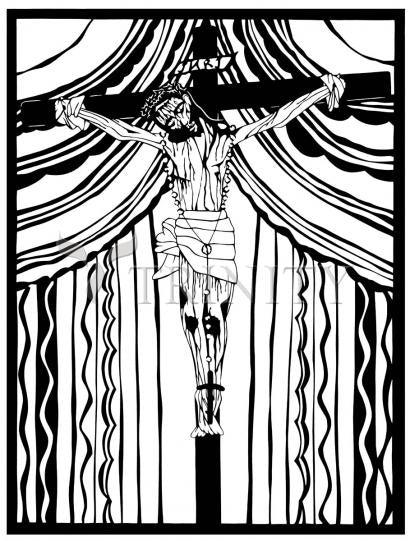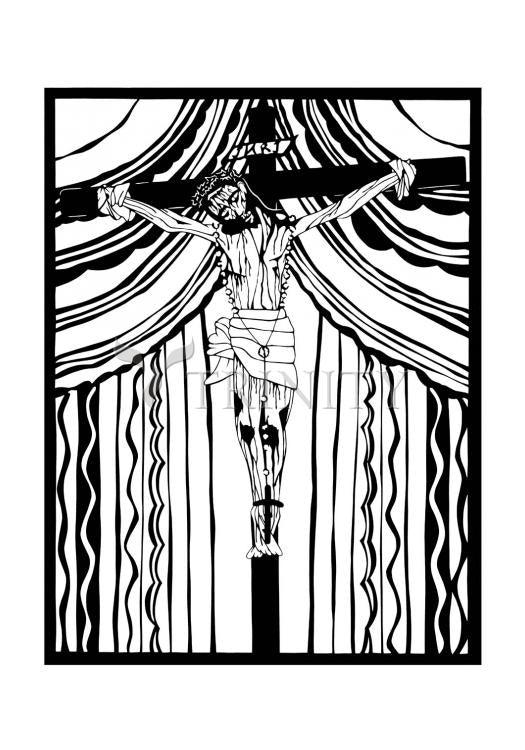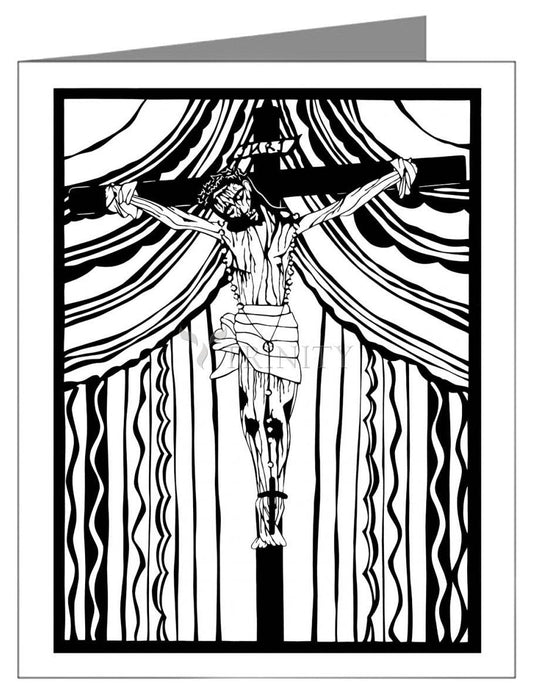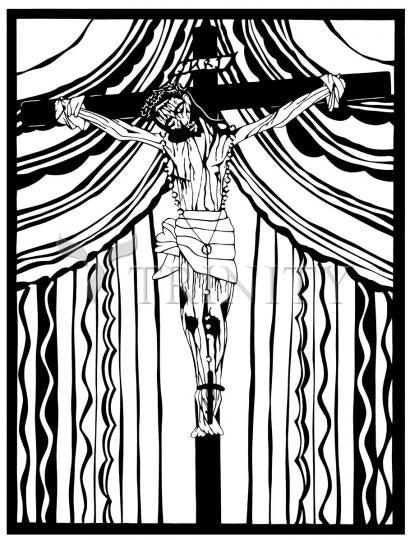About 30 minutes north of Santa Fe, New Mexico, in the foothills of the Sangre de Cristo mountains is the tiny community of Chimayó.
Chimayó was founded near the end of the 17th century by Spanish settlers in a fertile valley nourished by the Santa Cruz river and protected by the surrounding foothills.
The settlers became experts in farming, stock raising and wool weaving. To protect themselves from the threats inherent in a frontier life, they created the fortified plaza of San Buenaventura (now the Plaza del Cerró). It is the last surviving fortified plaza in the United States.
The descendants of those early settlers are still expert in many of the traditions. Chimayó is famous for high-quality weaving, red chile, horse and sheep raising, and fruit orchards. Chimayó is also famous for the traditional Hispanic and Tewa Indian arts including wood carving, retablos, bultos, tin working, the weaving of colchas, and pottery.
Chimayó is also believed by many to be the site of a miracle which occurred about 200 years ago.
Miraculous healings are believed to have occurred at the site where a wooden crucifix was unearthed. Because of this a chapel was built in 1816 called el Santuario de Nuestro Señor de Esquipulas. This chapel, now commonly called el Santuario de Chimayó is the destination of thousands of pilgrims and travelers each year who come for various reasons; some hoping to be healed, some simply for curiosity, and some hoping to be restored spiritually by the tranquility and hospitality of the surroundings.
Many believers in the Santo Niño de Atocha also come to Chimayó. In the beginning of World War II many New Mexico soldiers were stationed in the Philippines because of their fluency in Spanish.
During the long siege of Corregidor and the subsequent Bataan Death March many soldiers prayed to the Santo Niño de Atocha and many believed that they survived as a result of his intercession. After the war these soldiers began the annual Easter tradition of walking to el Santuario de Chimayó in honor of Santo Niño de Atocha and in memory of the Bataan Death March. This tradition has flourished and in the days leading up to Easter the roads and paths in north-central New Mexico are filled with people young and old making the journey on foot.
For many, Chimayó is the starting point and most important stop on the High Road to Taos, the breathtaking trip that begins at the Rio Grande river and winds through high alpine forests of dark ponderosa pine and golden aspen and tiny, ancient adobe communities nestled in the Sangre de Cristo mountains before ending in the skiing and art community of Taos, New Mexico.
"Excerpts from "Welcome to Chimayó," Chimayó Association of Businesses



